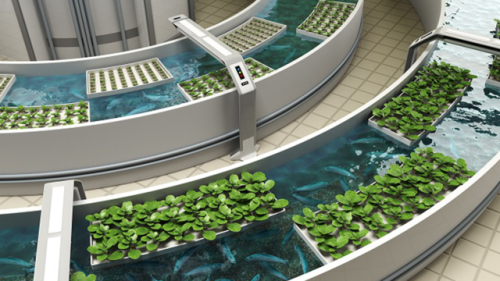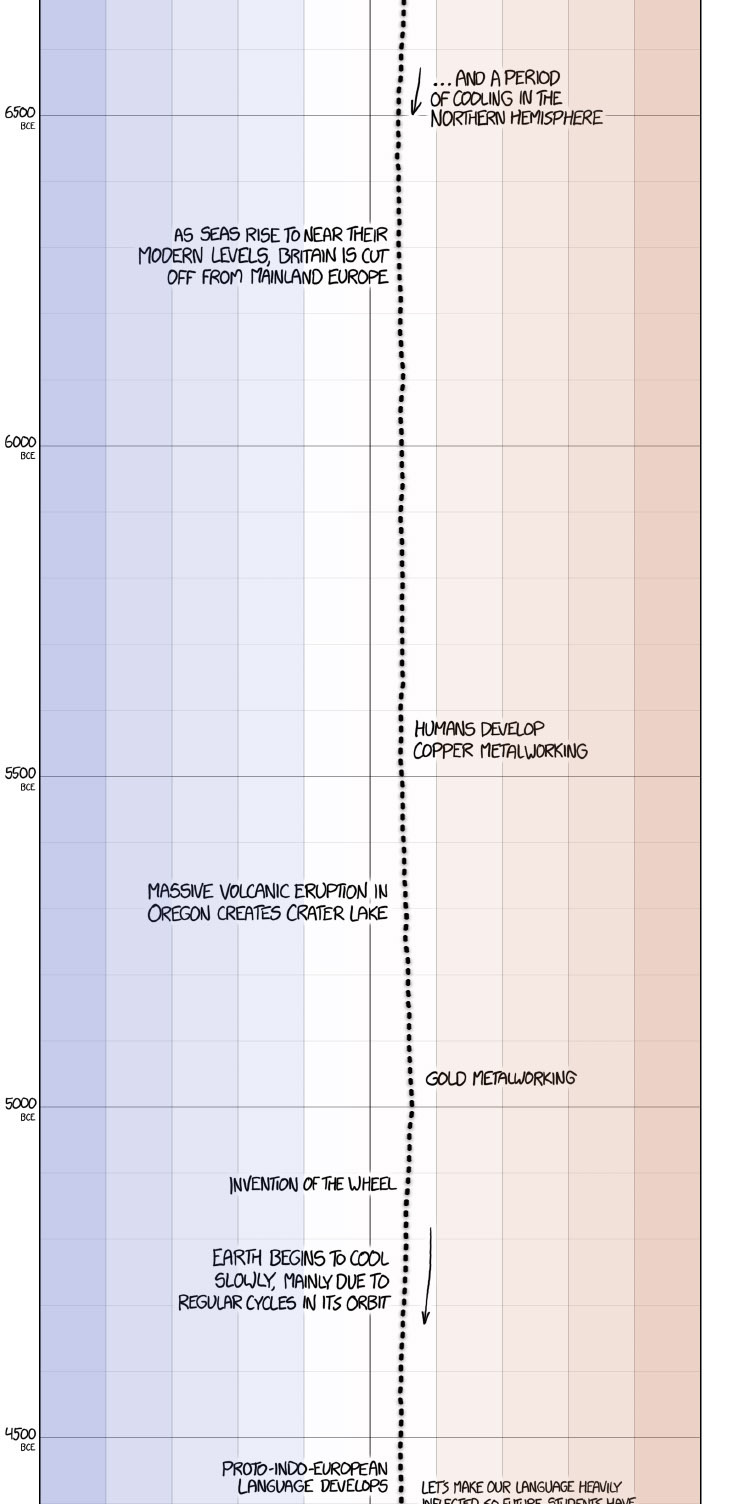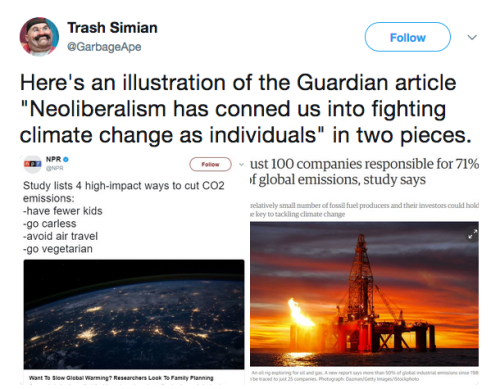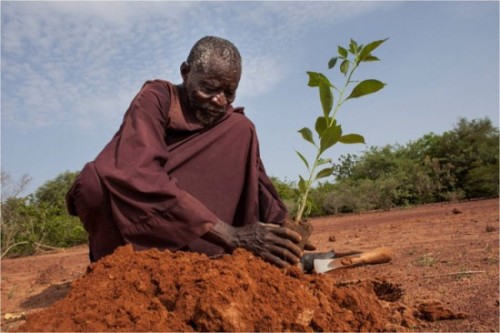Speaking About Alternative Ways Of Growing Things, Have You Seen The Bottle Tower Gardens Invented By
Speaking about alternative ways of growing things, have you seen the bottle tower gardens invented by Willem Van Cotthem? His youtube videos are a bit amateurish but the plant results look amazing. I prefer straight up recycling plastic bottles but that IS a neat upcycling idea and it's a water-efficient and space-efficent way of gardening 8D
Oh nice, I hadn’t seen these before, but they look ingenious!

A great way to repurpose waste plastic too, especially as not everywhere has plastic recycling facilities. The water efficient part is appealing too. Solutions like this would be helpful for people living in more arid climates!
Here’s a quick DIY guide for anyone who’s interested.
More Posts from Copperfingertips and Others

Sometimes I feel like a hipster because I’m like, I was talking about the Green New Deal before it was cool, and now it’s so cool that some young actor I’ve never heard of is explaining it in a video for Vogue!
It’s pretty amazing to see how quickly the Green New Deal has taken off with Sunrise Movement and awesome legislators like Alexandria Ocasio-Cortez and Rashida Tlaib behind it.

I honestly think that we would eliminate one of the major causes of ableism if we stopped basing people’s worth off how much revenue they generate.
Not Herbalism but Baker Creek Heirloom Seeds just put out their 2019 Catalog. It’s time to plan gardens now, so that when spring comes, you can execute that plan. I have lived in apartments with very little space for the past 7 years, so I thought I’d share my “grows well in containers list” with you guys.
Greens: Most greens, spinach, arugula, lettuces, some cabbages, etc. will grow in a container quite well.
Herbs: Similar to above, you can get your typical herbs to grow in pots quite well, usually. The yield with herbs is always very good too.
Anything with “Tom Thumb” or “Dwarf” in front of it: These are varieties made for containers, basically. They’re very, very small. There’s peas, corn (as in pop corn), tomatoes. Lots of stuff. Even flowers.
Cheery Tomatoes: In general, with any “regular” veg, you’ll probably need a larger pot (Think like 1 gal). If you’re willing to go the distance, though, cherry tomatoes are a great container plant, in my opinion.
Alpine Strawberries: Again, somewhat larger (though not as large as above) is recommended to get more berries. These guys are tiny strawberries. Like one bite berries.
Banana Peppers: I had two plants. They went wild. I ended up with several fresh peppers mixed into stir fry all summer and then two large canned jars of them, which I munched on through fall to the very very beginning of winter.
Carrots: Actually, if you’ve got a tall enough pot, you can grow regular carrots. But I like the Parisienne or other little round globe varieties.
Radishes: Similar concept to the carrots. Small, round. Remember to eat your radish and carrot greens as well.
Green onions: Either a chive situation or, some companies do actually have very small, like golf ball sized onions.
Look for “container mixes” on seed sites: Quite a few seed sights often put together container seed mixes. They’re usually the varieties recommended by the company.
So that’s my list. Remember, grow what you want to eat. Also, a good plan is grow what is hard for you to buy. That way you aren’t doubling down on what you can easily find in town.










XKCD’s excellent presentation on historical global temperature and anthropogenic global warming.
[After setting your car on fire] “Listen, your car’s temperature has changed before.”

Picked up this Hoya Bella recently, and it really compliments the window space ❤️



How much longer until the utopic Solarpunk future where Capitalism is dead and we all live in ecologically sustainable high-tech forest cities? Asking for a friend.

“This is my first cabbage! You know, a lot of times they’re kind of soft, but this one is solid! It’s going to be good eatin’!“ “What are you going to make with it?” “Well, this one I’m giving to my parents. You have to give the first one away or you just spoil the whole spirit of gardening.”



Yacouba Sawadogo is an exceptional man – he single-handedly managed to solve a crisis that many scientists and development organizations could not. The simple old farmer’s re-forestation and soil conservation techniques are so effective they’ve helped turn the tide in the fight against the desertification of the harsh lands in northern Burkina Faso.
Over-farming, over-grazing and over population have, over the years, resulted in heavy soil erosion and drying in this landlocked West African nation. Although national and international researchers tried to fix the grave situation, it really didn’t really make much of a difference. Until Yacouba decided to take matters into his own hands in 1980.
Yacouba’s methods were so odd that his fellow farmers ridiculed him. But when his techniques successfully regenerated the forest, they were forced to sit up and take notice. Yacouba revived an ancient African farming practice called ‘zai’, which led to forest growth and increased soil quality.
(Fact Source) Follow Ultrafacts for more facts
-
 queenfishiethemagnificent liked this · 1 week ago
queenfishiethemagnificent liked this · 1 week ago -
 snake-in-a-flower-crown liked this · 2 months ago
snake-in-a-flower-crown liked this · 2 months ago -
 rosessmile liked this · 2 months ago
rosessmile liked this · 2 months ago -
 yungsporophyte reblogged this · 3 months ago
yungsporophyte reblogged this · 3 months ago -
 yungsporophyte liked this · 3 months ago
yungsporophyte liked this · 3 months ago -
 kaybarr17 liked this · 4 months ago
kaybarr17 liked this · 4 months ago -
 edenfrompluto liked this · 4 months ago
edenfrompluto liked this · 4 months ago -
 truebloomnatives liked this · 5 months ago
truebloomnatives liked this · 5 months ago -
 demigodinmybed liked this · 5 months ago
demigodinmybed liked this · 5 months ago -
 sly-maedox liked this · 5 months ago
sly-maedox liked this · 5 months ago -
 busybee9013 reblogged this · 5 months ago
busybee9013 reblogged this · 5 months ago -
 anathecatlady liked this · 5 months ago
anathecatlady liked this · 5 months ago -
 ouropod reblogged this · 5 months ago
ouropod reblogged this · 5 months ago -
 ouropod liked this · 5 months ago
ouropod liked this · 5 months ago -
 chaos-deimos-et-eris liked this · 7 months ago
chaos-deimos-et-eris liked this · 7 months ago -
 becquerel liked this · 8 months ago
becquerel liked this · 8 months ago -
 yonderlad liked this · 8 months ago
yonderlad liked this · 8 months ago -
 krustybob reblogged this · 8 months ago
krustybob reblogged this · 8 months ago -
 erldan liked this · 8 months ago
erldan liked this · 8 months ago -
 gloriouspuppet-blog liked this · 9 months ago
gloriouspuppet-blog liked this · 9 months ago -
 thefallenstarasteria liked this · 10 months ago
thefallenstarasteria liked this · 10 months ago -
 woodspunk reblogged this · 10 months ago
woodspunk reblogged this · 10 months ago -
 placestobeyourself reblogged this · 1 year ago
placestobeyourself reblogged this · 1 year ago -
 thelastoftheredhotswamis2 liked this · 1 year ago
thelastoftheredhotswamis2 liked this · 1 year ago -
 yoinkzo liked this · 1 year ago
yoinkzo liked this · 1 year ago -
 0reoliaflop69 liked this · 1 year ago
0reoliaflop69 liked this · 1 year ago -
 thirenponds reblogged this · 1 year ago
thirenponds reblogged this · 1 year ago -
 brighteyedbadwolf reblogged this · 1 year ago
brighteyedbadwolf reblogged this · 1 year ago -
 brighteyedbadwolf liked this · 1 year ago
brighteyedbadwolf liked this · 1 year ago -
 thaliandra liked this · 1 year ago
thaliandra liked this · 1 year ago -
 galatax liked this · 1 year ago
galatax liked this · 1 year ago -
 burtiebotts reblogged this · 1 year ago
burtiebotts reblogged this · 1 year ago -
 burtiebotts liked this · 1 year ago
burtiebotts liked this · 1 year ago -
 ramenknight reblogged this · 1 year ago
ramenknight reblogged this · 1 year ago -
 dandelionsinsunshine liked this · 1 year ago
dandelionsinsunshine liked this · 1 year ago -
 catgirldawn liked this · 1 year ago
catgirldawn liked this · 1 year ago -
 cuteteacakes liked this · 1 year ago
cuteteacakes liked this · 1 year ago -
 starrysolarpunk reblogged this · 1 year ago
starrysolarpunk reblogged this · 1 year ago -
 saphicspacesociety14 reblogged this · 1 year ago
saphicspacesociety14 reblogged this · 1 year ago -
 iron-sides reblogged this · 1 year ago
iron-sides reblogged this · 1 year ago -
 erulassekom liked this · 1 year ago
erulassekom liked this · 1 year ago -
 butchtheworld liked this · 1 year ago
butchtheworld liked this · 1 year ago -
 indohyus reblogged this · 1 year ago
indohyus reblogged this · 1 year ago -
 fullmentalitylove liked this · 1 year ago
fullmentalitylove liked this · 1 year ago -
 grandmaster-paradox liked this · 1 year ago
grandmaster-paradox liked this · 1 year ago -
 saqirith liked this · 1 year ago
saqirith liked this · 1 year ago -
 creatingwondorium liked this · 1 year ago
creatingwondorium liked this · 1 year ago -
 alysvolatile liked this · 1 year ago
alysvolatile liked this · 1 year ago